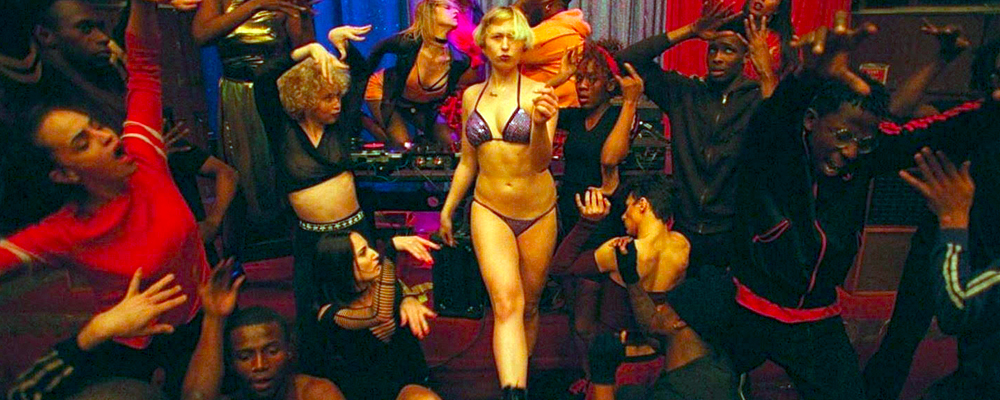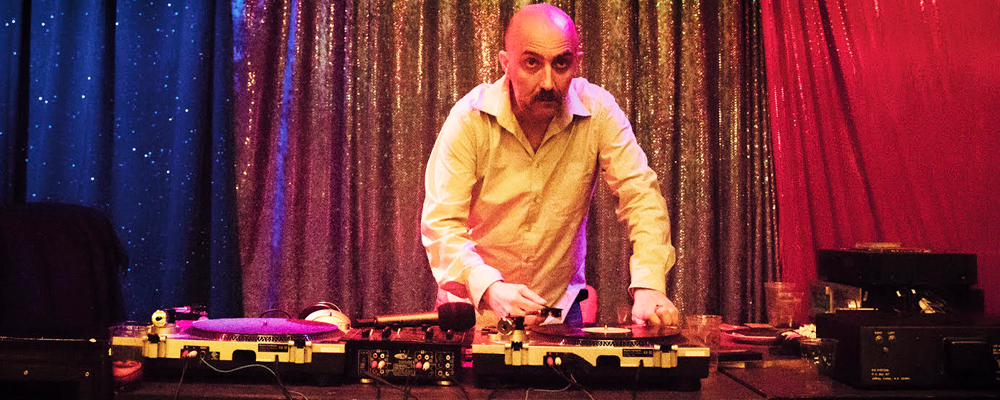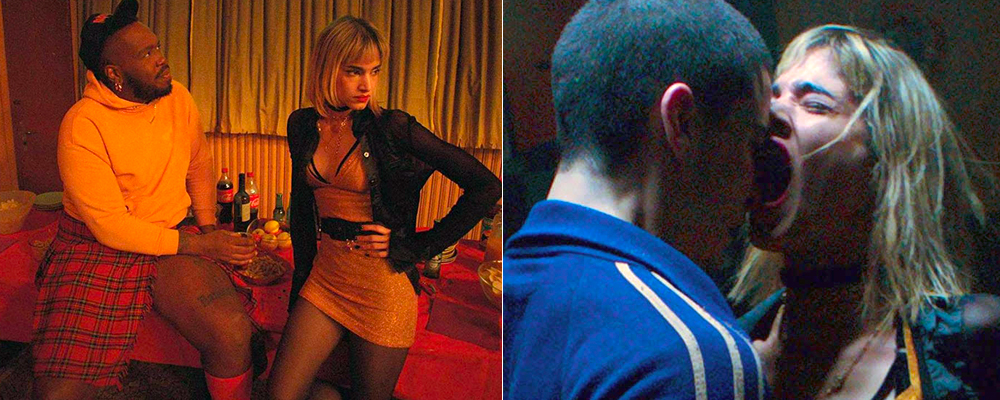Gaspar Noé’s ‘Climax’ Dances Its Way Into a Nightmare Vision
Alci Rengifo
If Marquis de Sade and Baz Luhrmann decided to drop acid and make a film, it might look something like “Climax.” The latest from French-based enfant terrible Gaspar Noé, this film is part dance extravaganza and part nightmare. Noé has never compromised, always ever so determined to push the limits. His cinema can at times feel like an endurance test for the viewer, but he is a filmmaker always demanding our attention. “Climax” is his most straight forward, accessible film (but please take the wording lightly). Feverish dance sequences mix with moments of sheer, maddened chaos, as if the story’s dance troupe becomes a metaphor for the collapse of civilization.
We open with taped interviews with members of a French dance group. They share their views, some experiences, hopes and dreams. The year is 1996. Noé then moves the action into a school hall where the troupe performs a dazzling dance number to some pounding EDM. Key among the group is Selva (Sofia Boutella), a scrappy blonde who is being chased after by David (Romain Guillermic). Group leader Emmanuelle (Claude-Emmanuelle Gajan-Maull) serves up some sangria while watching over her young son Tito (Vince Galliot Cumant). As the dancers share debauched gossip they suddenly begin to feel strange and suspect the drinks are spiked. After another feverish dance off, the party slowly descends into an orgy of rage, paranoia, violence and seduction. Drugged with LSD, not knowing by whom, the troupe scatter around, some prowling the halls, others are set on fire or thrown into the cold, snowing weather outside. Even as the wildness gets deadly, the music on the DJ set keeps on blasting.
“Climax” is a more focused, tighter film for Noé. His last two works were pure, abandoned experimentation. The overly-long, but visually unforgettable 2009 “Enter the Void” followed a junkie’s soul floating through Hong Kong, culminating in the wildest reincarnation sequence ever filmed. 2015’s “Love” was a rather shallow experiment in neo-pornography (in 3D no less). With “Climax” Noé returns to a style closer to his 2002 “Irreversible,” a visceral examination of rape with sparse production values and brutal imagery. But this might also be more of an homage to his surrealist, provocateur heroes like Luis Bunuel or Pier Paolo Pasolini. In their style, in particular Pasolini’s “Salo,” all of the director’s profane obsessions are confined in one space. It works like a microcosm of the dark side of humanity. The opening scenes focus on the various dancers as they drink and get into graphic conversations about sex, hooking up and mean gossip. Ever the troublemaker, Noé basks in lingering over the risqué. The cast is made-up of an assortment of professional actors and dancers, some discovered via YouTube. They are so natural, creating such a sense of camaraderie, that they make the raunchiest dialogue bearable, even perversely funny. If other filmmakers like to capture their era through politics or other social commentary, Noé seems to be using these performers as walking catalogues of our darkest impulses. They function as a team, while harboring intense desires and twisted urges inside.
Once the LSD in the sangria kicks in the film gets out of control because so do the psyches and personalities of the dancers. A confused, paranoid Emmanuelle locks Tito in a dangerous room, Selva writhes and crawls until ending up in the arms of another dancer, someone’s hair gets set on fire, someone else announces they are pregnant and get kneed in the stomach after being suspected of spiking the sangria. Other characters search lustfully for sex amid the building’s rooms. One dancer is desperate to lose his virginity to David. In the main hall the music keeps pounding even after the lights go out. Noé is a filmmaker obsessed with our debauched selves, cheerfully mixing in incest and violence. The soundtrack is a pulsating wave of music by artists like Daft Punk, Cerrone and the Rolling Stones.
Visually this is one of Noé’s more toned down pieces, but it helps because the vibe is more intense. In films like “Enter the Void” and “Irreversible,” he let his camera spin wildly out of control, flying over cities, cutting between the past and future in the narrative. “Enter the Void” was entirely set from the point of view of the interior of a man’s brain or soul. “Climax” still features the director’s visual flare, opening with the end credits before going into an exhilarating dance number. The dance sequences are masterful, turning songs like Daft Punk’s “Rollin’ & Scratchin’” into the background thump of feverish dance offs. The cinematographer is Benoît Debie, Noé’s regular collaborator who also shot “Spring Breakers” for Harmony Korine. Debie uses color for a rich, gothic ambiance. Neon and shadow combine to create scenes both disgusting and beautiful. The apocalyptic ending feels like a distorted nightmare out of de Sade or Antonin Artaud, the camera glides through a shadowy, hectic orgy of movement and anarchy.
Like most of Noé’s work, “Climax” won’t be for everybody. Films that push beyond the edge are fated to have limited appeal. As a full narrative it is not a complete success, the script sometimes getting too obsessed with being perverse for its own sake. But you simply cannot look away, because Noé is a true provocateur in a film landscape where that is a dying species. His vision is bleak, but not static, dark yet alive.
“Climax” opens March 1 in select theaters.



